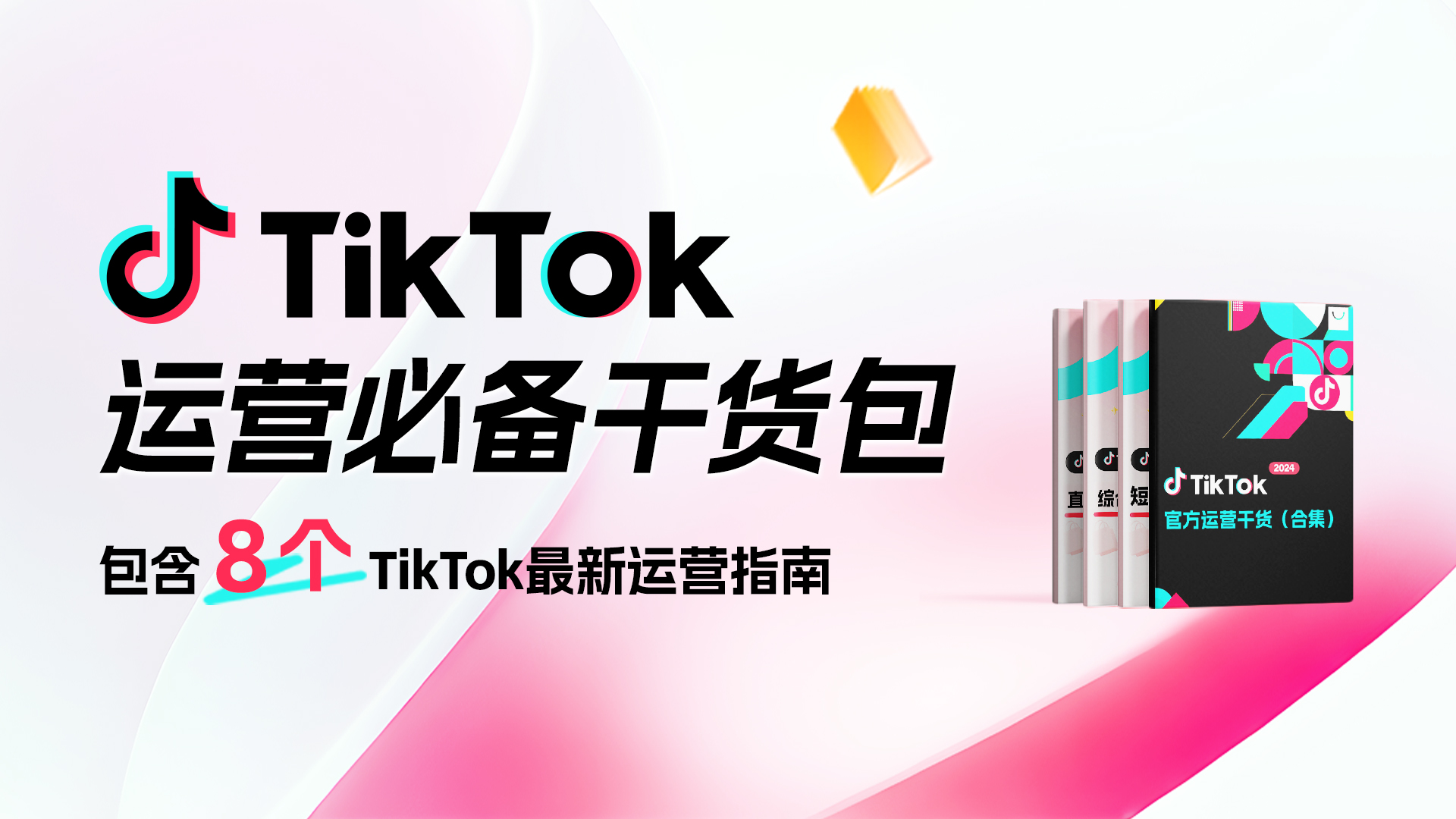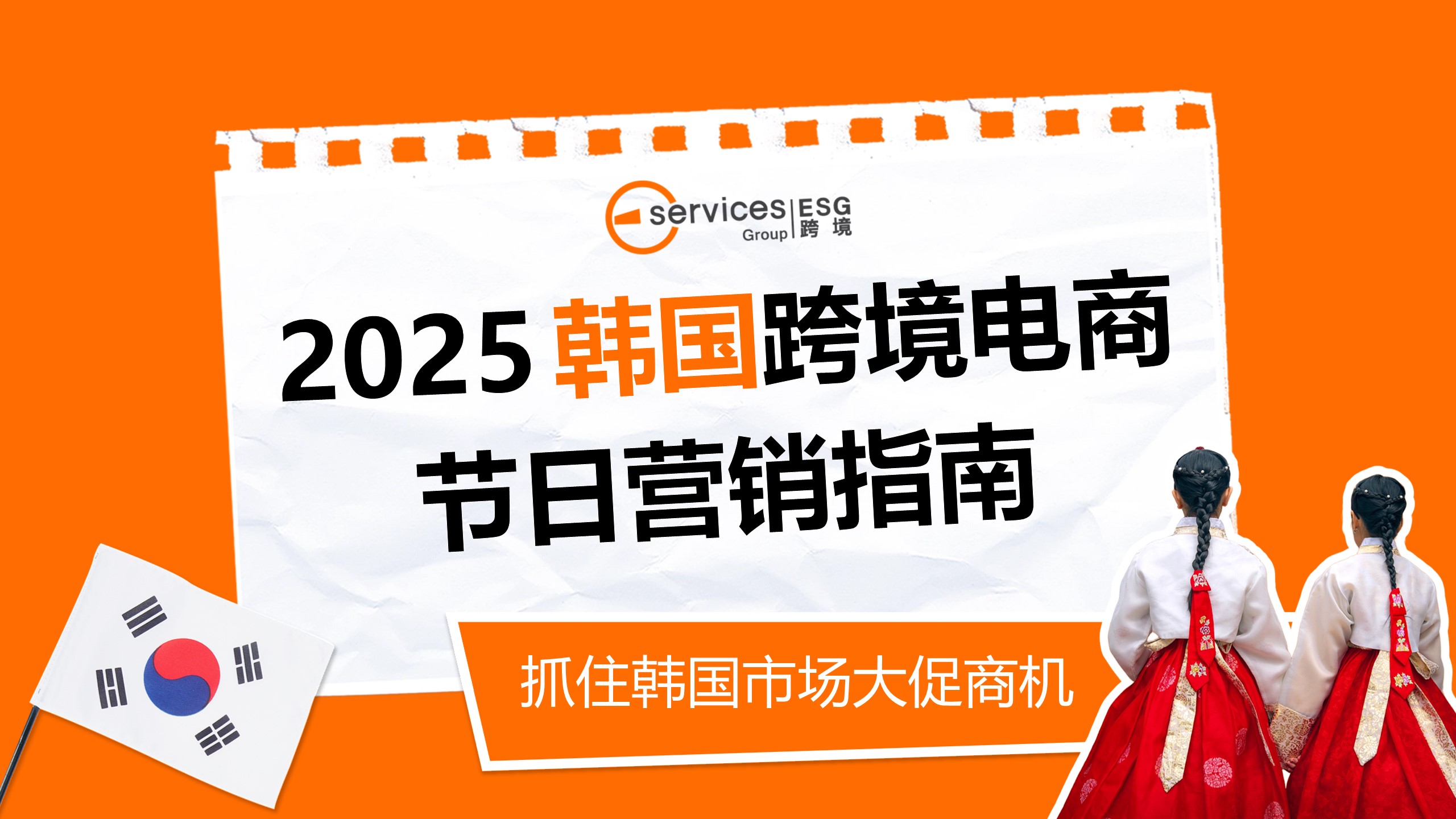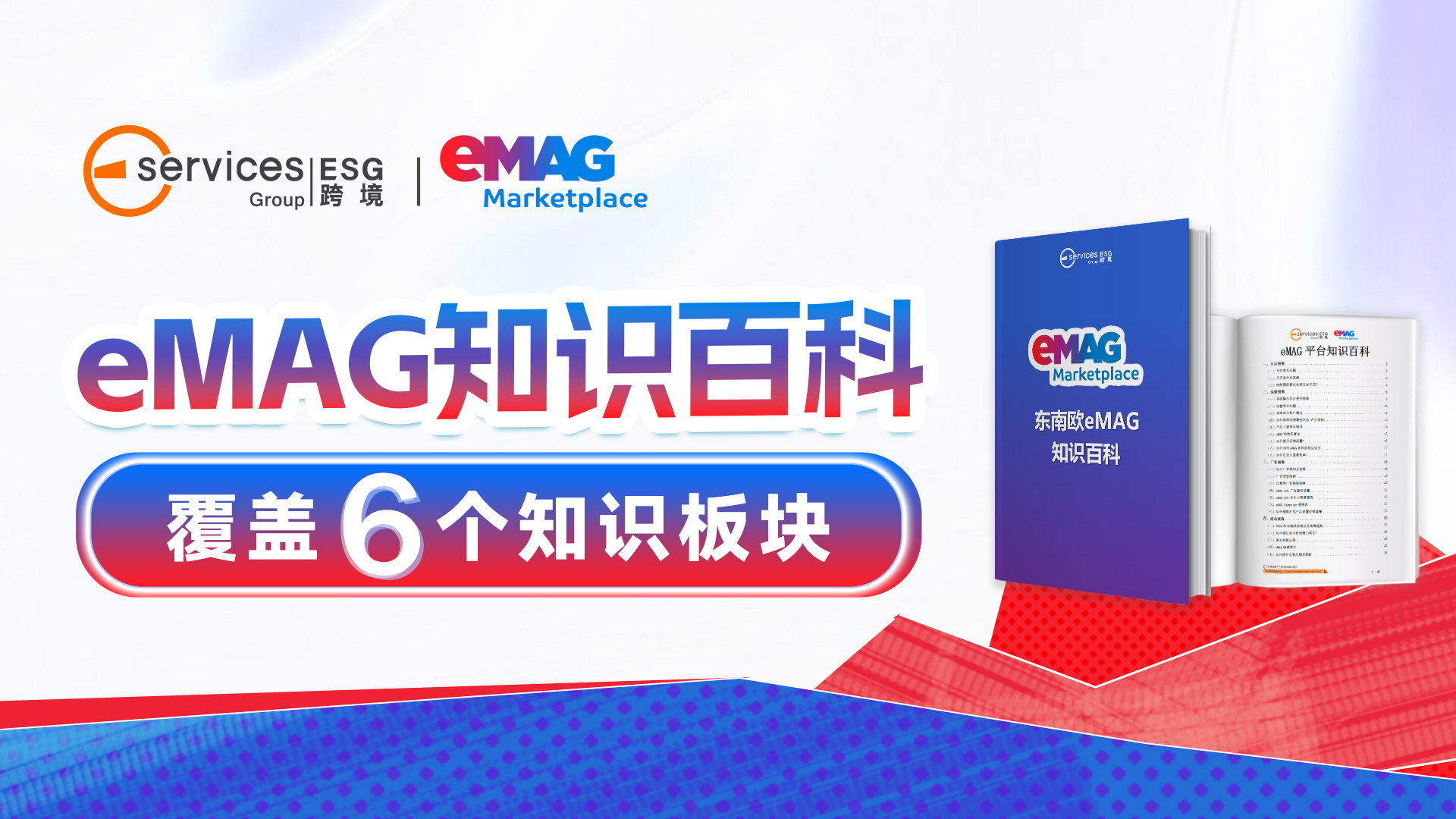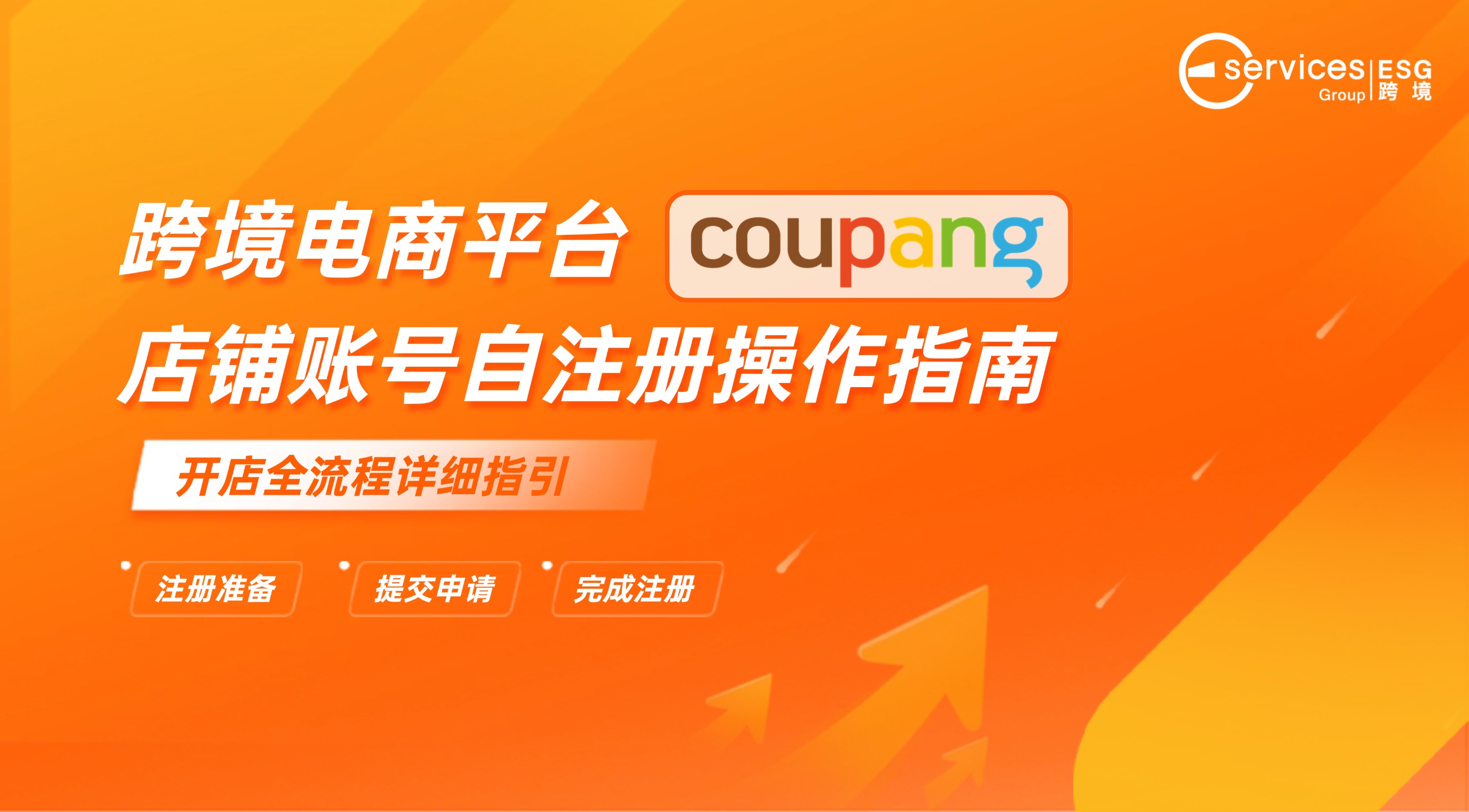使用 XML 管理亚马逊商品教程5——关系输入数据架构
使用 XML 管理亚马逊商品教程5——关系输入数据架构
建立商品关系 — 关系输入数据架构(不适用于所有类别)
描述
关系上传数据允许您为目录中的不同商品之间建立可选关系。有两种类型的关系:
变体 — 这是最常见的关系类型。它允许买家从同一商品的一系列变体中进行挑选。例如,一件衬衫可能有很多尺码和颜色。主商品(父项 SKU)是该衬衫一般情况下的类型。它没有尺码、颜色、商品价格或数量,并且不能购买。变体(子项 SKU)是衬衫所有不同的尺码和颜色的结合,并且可以购买。(请看下面的图表。)
上传新的父/子关系的关系上传数据之前,上传 SKU 的商品上传数据。在该上传数据中,指定父项 SKU 为“父项”,方法是使用 父子商品 元素,并且指定子项 SKU 是如何变化的(例如尺寸或尺寸颜色),方法是使用 变体主题 元素。同样地,将每个子项 SKU 指定为“子项”,方法是使用 父子商品 元素,并且指定相同的变体主题,方法与为父项 SKU 指定变体主题一样。
请注意,是变体主题和它相关的属性(例如变体主题颜色尺寸的颜色和尺寸)是在您的商品上传数据里定义的。关系上传数据只能构建父项商品和子项商品之间的实际关系。
注意:每个类别对于其变体都有单独的特定要求。请查看一个指定类别的商品 XSD 了解如何为该类别创建变体关系。
配件 — 一些商品可以划分成为其他商品的配件。例如,一件便携式无线电电子产品可能会把电池和外接扬声器当成配件。与之类似,手套也可能被指定为帽子的配件。
词典
元素 | 描述 |
父项 SKU | 有多个变体的商品的主 SKU |
关系 | 子项 SKU 和关系信息的类型分为以下部分: SKU — 用来识别一项单独商品,即父项 SKU 的一个(子项)变体。 |
XSD
https://images-na.ssl-images-amazon.com/images/G/01/rainier/help/xsd/release_1_9/Relationship.xsd
<!- Revision="$Revision: #1 $"
-->
<xsd:schema elementFormDefault="qualified">
<xsd:include schemaLocation="amzn-base.xsd" />
<xsd:element name="Relationship">
<xsd:complexType>
<xsd:sequence>
<xsd:element name="ParentSKU" type="SKUType" />
<xsd:element name="Relation" maxOccurs="unbounded">
<xsd:complexType>
<xsd:sequence>
<xsd:element ref="SKU" />
<xsd:element name="Type">
<xsd:simpleType>
<xsd:restriction base="xsd:string">
<xsd:enumeration value="Variation" />
<xsd:enumeration value="DisplaySet" />
<xsd:enumeration value="Collection" />
<xsd:enumeration value="Accessory" />
<xsd:enumeration value="Customized" />
<xsd:enumeration value="Part" />
<xsd:enumeration value="Complements" />
<xsd:enumeration value="Piece" />
<xsd:enumeration value="Necessary" />
<xsd:enumeration value="ReplacementPart" />
<xsd:enumeration value="Similar" />
<xsd:enumeration value="Episode" />
<xsd:enumeration value="Season" />
</xsd:restriction>
</xsd:simpleType>
</xsd:element>
</xsd:sequence>
</xsd:complexType>
</xsd:element>
</xsd:sequence>
</xsd:complexType>
</xsd:element>
</xsd:schema>
示例(变体)
<?xml version="1.0" encoding="utf-8" ?>
<AmazonEnvelope noNamespaceSchemaLocation="amzn-envelope.xsd">
<Header>
<DocumentVersion>1.01</DocumentVersion>
<MerchantIdentifier>M_SELLER_354577</MerchantIdentifier>
</Header>
<MessageType>关系</MessageType>
<Message>
<MessageID>1</MessageID>
<OperationType>更新</OperationType>
<Relationship>
<ParentSKU>5555_5556</ParentSKU>
<Relation>
<SKU>555540352 </SKU>
<Type>变体</Type>
</Relation>
<Relation>
<SKU>555685952 </SKU>
<Type>变体</Type>
</Relation>
<Relation>
<SKU>555690352 </SKU>
<Type>变体</Type>
</Relation>
<Relation>
<SKU>555690552 </SKU>
<Type>变体</Type>
</Relation>
<Relation>
<SKU>555690752 </SKU>
<Type>变体</Type>
</Relation>
<Relation>
<SKU>555690952 </SKU>
<Type>变体</Type>
</Relation>
</Relationship>
</Message>
</AmazonEnvelope>
示例(配件)
<AmazonEnvelope noNamespaceSchemaLocation="amzn-envelope.xsd">
<Header>
<DocumentVersion>1.01</DocumentVersion>
<MerchantIdentifier>M_SELLER_354577</MerchantIdentifier>
</Header>
<MessageType>关系</MessageType>
<Message>
<MessageID>1</MessageID>
<OperationType>更新</OperationType>
<Relationship>
<ParentSKU>ASUSVNA1</ParentSKU>
<Relation>
<SKU>ASUSVNA198714G</SKU>
<Type>配件</Type>
</Relation>
</Relationship>
</Message>
<Message>
<MessageID>2</MessageID>
<OperationType>更新</OperationType>
<Relationship>
<ParentSKU>FUJI32XD </ParentSKU>
<Relation>
<SKU>ALPSCARD0024</SKU>
<Type>配件</Type>
</Relation>
</Relationship>
</Message>
</AmazonEnvelope>
Establish Product Relationships - Relationship Feed Schema (not applicable to all categories)
Description
The Relationship feed allows you to set up optional relationships between items in your catalog. There are two types of relationships:
Variation – This is the most common type of relationship. It allows customers to select from a list of variations of the same product. For example, a shirt might come in a variety of sizes and colors. The main item (parent SKU) is the type of shirt in general. It does not have a size, color, price, or quantity and is not buyable. The variations (child SKUs) are all of the different size and color combinations of the shirt, and are buyable. (See the diagram below.)
Before uploading a relationship feed for a new parent/child relationship, upload the product feed for the SKUs. In that feed, designate the parent SKU as "parent" using the Parentage element, and designate how the child SKUs will vary (for example, Size or SizeColor) using the VariationTheme element. Likewise, designate each child SKU as "child" using the Parentage element, and designate the same VariationTheme as for the parent SKU.
Note that VariationTheme as well as its associated attributes (for example, Size and Color for the VariationTheme SizeColor) are defined in your product feed. The Relationship feed only builds the actual relationships between the parent and child items.
Note: Each category has individual specific requirements for variations. See the product XSD for a specific category to learn how to set up a variation relationship for that category.
Accessory – Some items can be classified as accessories for other items. For example, a portable radio electronics item might have batteries and external speakers as accessories. Similarly, a pair of gloves might be designated as accessories for a hat.
Dictionary
Element
Description
ParentSKU
The master SKU for a product with variations
Relation
Child SKU and type of relationship information, broken into the following components:
SKU – Used to identify an individual product, one (child) variation of the parent SKU
Type – Type of relationship, variation or accessory
XSD
https://images-na.ssl-images-amazon.com/images/G/01/rainier/help/xsd/release_1_9/Relationship.xsd
<!- Revision="$Revision: #1 $"
-->
<xsd:schema xmlns:xsd="http://www.w3.org/2001/XMLSchema" elementFormDefault="qualified">
<xsd:include schemaLocation="amzn-base.xsd" />
<xsd:element name="Relationship">
<xsd:complexType>
<xsd:sequence>
<xsd:element name="ParentSKU" type="SKUType" />
<xsd:element name="Relation" maxOccurs="unbounded">
<xsd:complexType>
<xsd:sequence>
<xsd:element ref="SKU" />
<xsd:element name="Type">
<xsd:simpleType>
<xsd:restriction base="xsd:string">
<xsd:enumeration value="Variation" />
<xsd:enumeration value="DisplaySet" />
<xsd:enumeration value="Collection" />
<xsd:enumeration value="Accessory" />
<xsd:enumeration value="Customized" />
<xsd:enumeration value="Part" />
<xsd:enumeration value="Complements" />
<xsd:enumeration value="Piece" />
<xsd:enumeration value="Necessary" />
<xsd:enumeration value="ReplacementPart" />
<xsd:enumeration value="Similar" />
<xsd:enumeration value="Episode" />
<xsd:enumeration value="Season" />
</xsd:restriction>
</xsd:simpleType>
</xsd:element>
</xsd:sequence>
</xsd:complexType>
</xsd:element>
</xsd:sequence>
</xsd:complexType>
</xsd:element>
</xsd:schema>
Example (Variation)
<?xml version="1.0" encoding="utf-8" ?>
<AmazonEnvelope xmlns:xsi="http://www.w3.org/2001/XMLSchema-instance" xsi:noNamespaceSchemaLocation="amzn-envelope.xsd">
<Header>
<DocumentVersion>1.01</DocumentVersion>
<MerchantIdentifier>M_SELLER_354577</MerchantIdentifier>
</Header>
<MessageType>Relationship</MessageType>
<Message>
<MessageID>1</MessageID>
<OperationType>Update</OperationType>
<Relationship>
<ParentSKU>5555_5556</ParentSKU>
<Relation>
<SKU>555540352</SKU>
<Type>Variation</Type>
</Relation>
<Relation>
<SKU>555685952</SKU>
<Type>Variation</Type>
</Relation>
<Relation>
<SKU>555690352</SKU>
<Type>Variation</Type>
</Relation>
<Relation>
<SKU>555690552</SKU>
<Type>Variation</Type>
</Relation>
<Relation>
<SKU>555690752</SKU>
<Type>Variation</Type>
</Relation>
<Relation>
<SKU>555690952</SKU>
<Type>Variation</Type>
</Relation>
</Relationship>
</Message>
</AmazonEnvelope>
Example (Accessory)
<?xml version="1.0" encoding="utf-8" ?>
<AmazonEnvelope xmlns:xsi="http://www.w3.org/2001/XMLSchema-instance" xsi:noNamespaceSchemaLocation="amzn-envelope.xsd">
<Header>
<DocumentVersion>1.01</DocumentVersion>
<MerchantIdentifier>M_SELLER_354577</MerchantIdentifier>
</Header>
<MessageType>Relationship</MessageType>
<Message>
<MessageID>1</MessageID>
<OperationType>Update</OperationType>
<Relationship>
<ParentSKU>ASUSVNA1</ParentSKU>
<Relation>
<SKU>ASUSVNA198714G</SKU>
<Type>Accessory</Type>
</Relation>
</Relationship>
</Message>
<Message>
<MessageID>2</MessageID>
<OperationType>Update</OperationType>
<Relationship>
<ParentSKU>FUJI32XD </ParentSKU>
<Relation>
<SKU>ALPSCARD0024</SKU>
<Type>Accessory</Type>
</Relation>
</Relationship>
</Message>
</AmazonEnvelope>
特别声明:以上文章内容仅代表作者本人观点,不代表ESG跨境电商观点或立场。如有关于作品内容、版权或其它问题请于作品发表后的30日内与ESG跨境电商联系。
二维码加载中...
使用微信扫一扫登录
使用账号密码登录
平台顾问
微信扫一扫
马上联系在线顾问
小程序

ESG跨境小程序
手机入驻更便捷
返回顶部












 市场合作:shichangbu@eservicesgroup.com
市场合作:shichangbu@eservicesgroup.com





